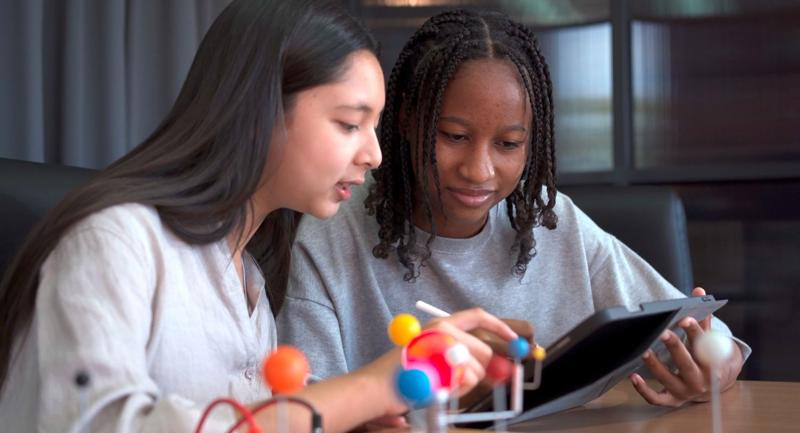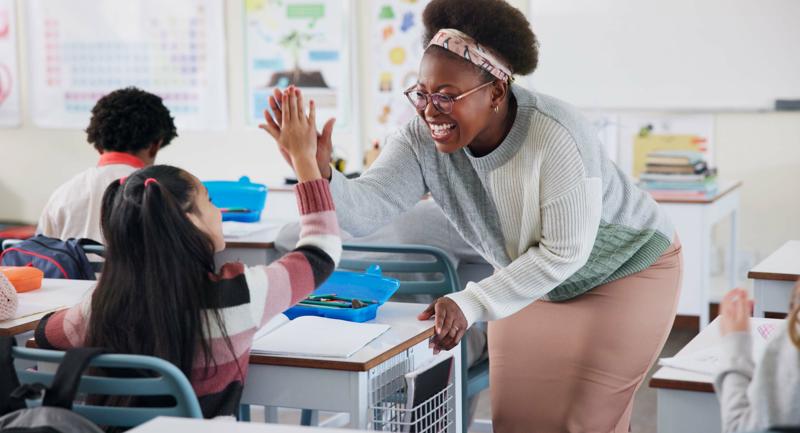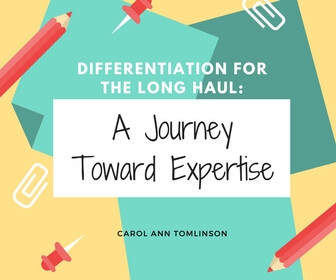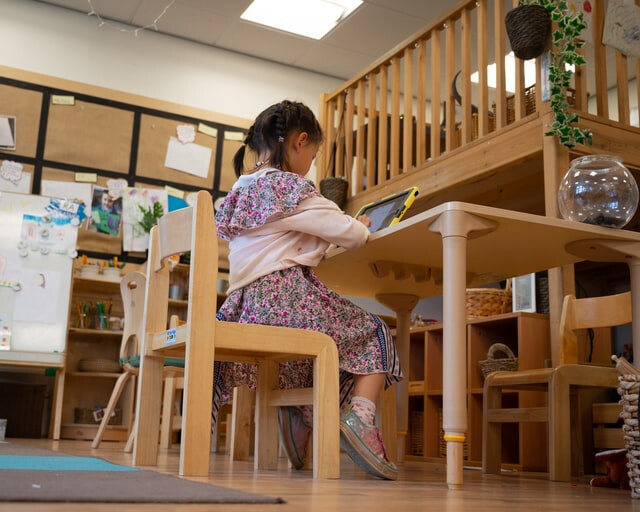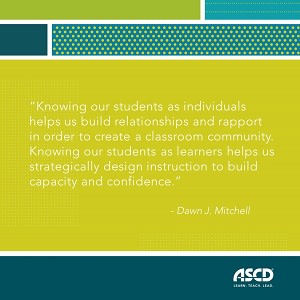I remember the sound of running water, the smell of damp logs, and the thrill of finding a tadpole in Sligo Creek. I was 11 and had time to dawdle. A year of museum and battlefield tours in and around Washington, D.C. introduced me to design and the way it can shape our lives. I knew I’d be an architect or engineer.
Awestruck a year later, I stood on a glacier at 14,000 feet, bracing against a 50-mile-per-hour wind and feeling very small against the vast expanse of the Colorado Rockies. Glaciology studies – that was the field for me. My interest in engineering and rocks sent me to the Colorado School of Mines and got me a good first job.
I’m the sum of the places I’ve been and the experiences I’ve accumulated. It wasn’t a picture of the Rockies that won my heart; it was the paradox of fear and wonder that came with being in a spectacular remote setting. It wasn’t my parents preaching contribution that convinced me of the merits of service; it was the urban ministries we worked in for a decade. It wasn’t any of the classes I took in college that I remember; it was work in strange and wonderful places that shaped my path. Place is powerful, personal, and persuasive.
Over the last three decades I’ve been lucky enough to travel to thousands of the world’s most impressive and unique school environments. What sets many of them apart is a unique attention to place, community and encouraging student leadership.
Some people have viewed place-based education forest preschools and field trips but that is just the beginning. Immersive learning and community connected projects can happen anywhere.
We’ve seen place-based education done well in some of the most surprising organizations and schools, creating a sense of community among the students and the world outside of the school. When done well, PBE:
- Embeds learning everywhere and views the community as a classroom.
- Is centered on individual learners.
- Is inquiry-based to help students develop an understanding of their place in the world.
- Incorporates local and global thinking and investigations.
- Requires design thinking to find solutions to authentic problems.
- Is interdisciplinary.
My recent book The Power of Place: Authentic Learning Through Place-Based Education, co-authored with Emily Liebtag, Executive Director of Boundless and Nate McClennen of Teton Science Schools, is a resource and guidebook that dispels the notion that place-based education is an approach limited to those who can afford it and makes the case for why PBE is an essential practice to attain three important goals of education: student agency, equity, and community.
Agency
Agency requires self-knowledge, social awareness, and a sense of place and time. It is an applied disposition gathered through successively larger actions on a progressively larger world. What teaches us to perceive our location and relations is not language; it is our physical senses collecting action research. Agency is a muscle; place-based learning is the gym.
Many schools value routine and compliance—and both squelch student agency. It’s extended encounters with novelty and complexity that build the disposition and skills of agency — the humility to appreciate the complex and the confidence to know what to do next. These valuable extended challenges are frequently connected to a community that provides context for learning and opportunities for contribution. Once students feel ownership in a space and feel valued, agency can begin to develop through these powerful learning experiences.
Equity
At the core of place-based education is the need for more equitable learning environments for all students—environments where students are seen, valued, and heard. In these environments, learning is designed with and for students as humans and individuals in the space. This is deep and complex work, but it should be at the core of why we choose to work with young people. Utilizing place is one way to do this.
Young people from affluent households often experience a rich variety of places both locally and internationally that are not easily accessible to those less fortunate. A school’s systematic commitment to expose children to a variety of community assets closes a portion of this opportunity gap.
People who grew up experiencing racism or intolerance may feel like something — and some place — has been taken from them. Beyond providing access, community learning experiences can create enfranchisement — the sense that “people like me” belong here, whether that’s at the zoo, a museum, city hall, or a high-tech workplace.
Each learner is unique, and equity demands that we meet every child where he or she is —emotionally, cognitively, economically, and geographically. Connecting learners to the place where they live can contribute to a sense of identity—a sense of who they are and where they’re from. The humblest settings and surroundings have something to teach. And learning about a new place may be the best way to illustrate and support the variability in the way humans perceive and process an experience.
Community
Place-based education connects learning to communities and the world around us; it builds community in four respects:
1. It creates bonds. When a group experiences the wonder of a vaulted ceiling, mountain vista, or night sky, it creates a special bond. Whether it’s the challenge of navigating a subway or trailblazing in the woods together, these moments of shared struggle or awe can act as a glue that connects people and builds community. Early childhood education environments often use community as the basis for teaching and learning throughout the year, grounding each experience in how we can work together and create common norms and culture.
2. It personalizes learning. Place-based learning allows students to find a personal connection to their community or a place. With some voice and choice in shaping projects, internships, and service experiences, learning is personal and community connected.
3. It builds social capital. With intentionality, place-based learning helps young people develop their social networks and take the chance out of chance encounters beyond school.
4. It promotes contribution. Some schools treat students as participants preparing for a distant future. Place-based learning helps young people identify opportunities and make community contributions in the present—powered by new technologies that make it easier than ever to code an application, launch a campaign, or start a business. When empowered with a sense of agency and supported with time and tools, young people can contribute to their community in unprecedented ways.
With repeated place-based experiences, young people are co-creating the future. In a world that is becoming more individualistic, place-based learning invites young people into the community. Learning in a variety of places with a wide range of people builds agency, equity, and community.
About the author
Tom Vander Ark is an advocate for innovations in learning and the power of place. As CEO of Getting Smart, he advises school districts and networks, education foundations and funders, and impact organizations on the path forward. His most recent book is The Power of Place: Authentic Learning Through Place-Based Education (ASCD, 2020).




